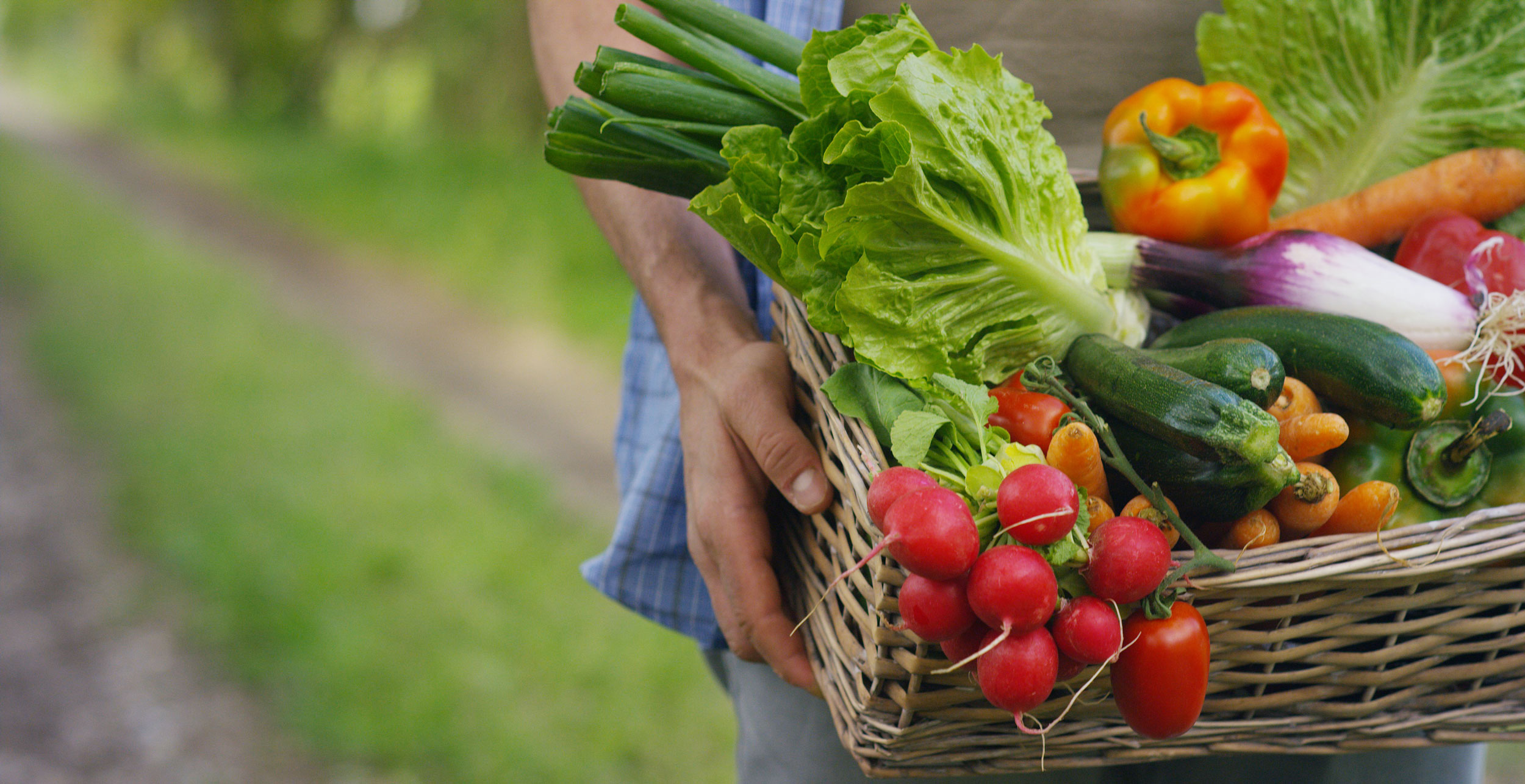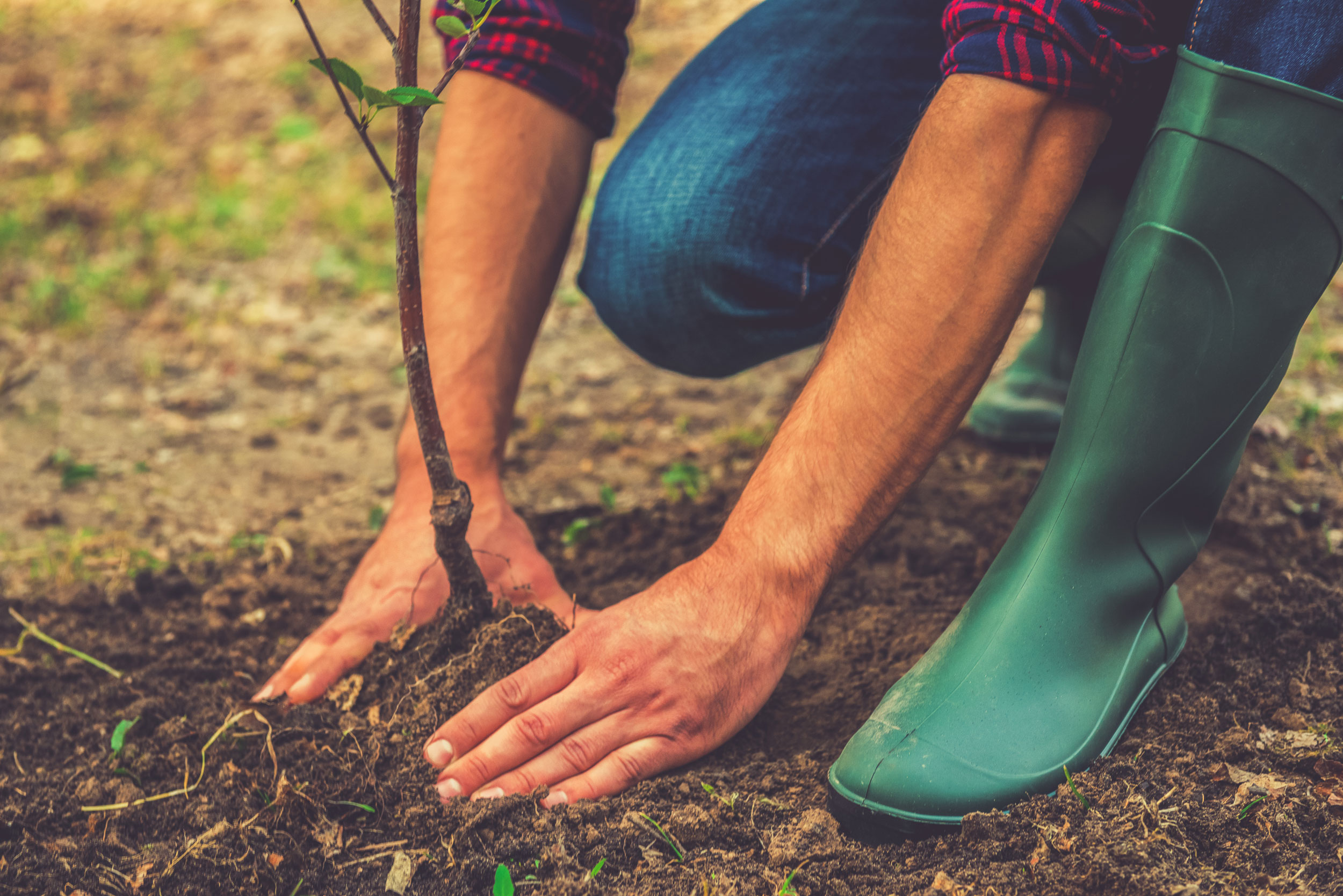- Russian Federation
- Brazil
- Canada
- United States of America
- China
- Australia
- Democratic Republic of the Congo
- Indonesia
- Peru
- India
- Rest of the world
SOURCE: FAO
Forest biological diversity refers to all life forms found within forested areas and the ecological roles they perform.
It encompasses not just trees, but the multitude of plants, animals and microorganisms that inhabit forest areas - and their associated genetic diversity.
Forest biological diversity can be considered at different levels, including ecosystem, landscape, species, population and genetic.
Complex interactions can occur within and between these levels. This complexity allows organisms to adapt to continually changing environmental conditions and to maintain ecosystem functions.
Forest ecosystems are a critical component of the world’s biodiversity as many forests are more biodiverse than other ecosystems.
Forests cover 31 percent of the global land area. Approximately half the forest area is relatively intact, and more than one-third is primary forest (i.e. naturally regenerated forests of native species, where there are no visible indications of human activities and the ecological processes are not significantly disturbed).
The total forest area is 4.06 billion hectares, or approximately 5 000m2 (or 50 x 100m) per person, but forests are not equally distributed around the globe.
More than half of the world’s forests are found in only five countries (the Russian Federation, Brazil, Canada, the United States of America and China) and two-thirds (66 percent) of forests are found in ten countries.
SOURCE: FAO
Deforestation and forest degradation continue to take place at alarming rates, which contributes significantly to the ongoing loss of biodiversity.
Since 1990, it is estimated that 420 million hectares of forest have been lost through conversion to other land uses, although the rate of deforestation has decreased over the past three decades.
Between 2015 and 2020, the rate of deforestation was estimated at 10 million hectares per year, down from 16 million hectares per year in the 1990s. The area of primary forest worldwide has decreased by over 80 million hectares since 1990.
Agricultural expansion continues to be the main driver of deforestation and forest degradation and the associated loss of forest biodiversity. Large-scale commercial agriculture (primarily cattle ranching and cultivation of soya bean and oil palm) accounted for 40 percent of tropical deforestation between 2000 and 2010, and local subsistence agriculture for another 33 percent.
It is not only the trees that make a forest, but the many different species of plants and animals that reside in the soil, understorey and canopy. Estimates of the total number of species on Earth range from 3 million to 100 million (May, 2010).
Although it is widely reported that forests harbour 80 percent of terrestrial plants and animals, such a precise estimate is unlikely to be accurate given the changing state of knowledge of planetary biodiversity.
While trees are the defining component of forests and their diversity can give an indication of overall diversity, there are many other ways to determine the biodiversity significance of forests.
The GlobalTreeSearch database reports the existence of 60,082 tree species.
Nearly half of all tree species (45 percent) are members of just ten families.
Nearly 58 percent of all tree species are single-country endemics.
As of December 2019, a total of 20 334 tree species had been included in the IUCN Red List of Threatened Species (IUCN, 2019a), of which 8 056 were assessed as globally threatened (Critically Endangered, Endangered or Vulnerable).
More than 1 400 tree species are assessed as critically endangered and in urgent need of conservation action.
SOURCE: Beech et al., 2017.
About 391 000 species of vascular plants are known to science of which about 94 percent are flowering plants. Of these, 21 percent are likely threatened by extinction (Willis, 2017). Some 60 percent of the total are found in tropical forests (Burley, 2002).
Some 144 000 species of fungi have been named and classified so far. However, it is estimated that the vast majority (over 93 percent) of fungal species are currently unknown to science, indicating that the total number of fungal species on Earth is somewhere between 2.2 and 3.8 million (Willis, 2018).
Close to 70 000 vertebrate species are known and described (IUCN, 2019a). Of these, forests provide habitats for almost 5 000 amphibian species (80 percent of all known species), close to 7 500 bird species (75 percent of all birds) and more than 3 700 different mammals (68 percent of all species) (Vié, Hilton-Taylor and Stuart, 2009).
Some 1.3 million species of invertebrates have been described. However, many more exist, with some estimates ranging from 5 million to 10 million species (Ødegaard, 2000). Most are insects, and the vast majority live in forests.
Soil microbes, forest-dependent pollinators (insects, bats, birds and some mammals), and saproxylic beetles play very important parts in maintaining the biodiversity and ecosystem functions of forests.
Similarly, mammals, birds and other organisms can play major roles in forest ecosystem structure including on the distribution patterns of trees through their direct roles in seed dispersal, seed predation and herbivory, and indirectly through predation on such ecological architects (Beck, 2008).
Along tropical coasts, mangroves provide breeding grounds and nurseries for numerous species of fish and shellfish and help trap sediments that might otherwise adversely affect seagrass beds and coral reefs – the habitats of a myriad of marine species.
Want a more detailed look into forest species and genetic diversity? Download the full 2020 State of the World’s Forests report.
Much of human society today has at least some interaction with forests and the biodiversity they contain and all people benefit from the functions provided by components of this biodiversity in the carbon, water and nutrient cycles and through the links with food production.
Let’s examine the benefits that people derive from forests in terms of livelihoods, food security and human health.
In both low- and high-income countries and in all climatic zones, communities that live within forests rely the most directly on forest biodiversity for their lives and livelihoods, using products derived from forest resources for food, fodder, shelter, energy, medicine and income generation.
Forests provide more than 86 million green jobs and support the livelihoods of many more.
An estimated 880 million people spend part of their time collecting fuelwood or producing charcoal.
Of the people living in extreme poverty, over 90 percent are dependent on forests for at least part of their livelihoods.
Rural people often participate in the value chains of forest biodiversity, for example by collecting wood and non-wood products from nearby forests for personal use or sale, or engaging in forest-product industries or value addition.
Non-consumptive uses of forest biodiversity, such as recreation and tourism, are also a growing part of rural cash economies. Each year an estimated 8 billion visits are made to protected areas, many of which are forest covered.
Indigenous peoples depend to a high degree on forest biodiversity for their livelihoods, although this relation is in flux as their linkages with national and global monetary economies grow. Areas managed by indigenous peoples (approximately 28 percent of the world’s land surface) include some of the most ecologically intact forests and many hotspots of biodiversity.
Want a more detailed look into people, forests, and biodiversity? Download the full 2020 State of the World’s Forests report.
There are ways to manage the world’s forest ecosystems that will ensure the conservation and sustainable use of their biodiversity.
Creation of protected areas has historically been the forest governance instrument most often adopted to pursue biodiversity objectives. This approach has achieved positive results in terms of conserving species and establishing barriers to the progress of deforestation.
Natural reserves alone are not sufficient to conserve biodiversity. They are usually too small, create barriers to species migration and are vulnerable to factors such as climate change. Additionally, protected areas contain only a fraction of existing forest biodiversity.
This means that there is a need to look beyond protected areas and to mainstream biodiversity conservation into forest management practices.
Globally, 18 percent of the world’s forest area, or more than 700 million hectares fall within legally established protected areas such as national parks, conservation areas and game reserves (IUCN categories I-IV).
The largest share of forest in protected areas is found in South America (31 percent) and the lowest in Europe (5 percent).*
Aichi Biodiversity Target 11 (to protect at least 17 percent of terrestrial area by 2020) has thus been exceeded for forest ecosystems as a whole. However, these areas are not yet fully representative of the diversity of forest ecosystems.
*According to the regional breakdown used in FAO, 2020, Europe includes the Russian Federation.
SOURCE: Study prepared by UNEP-WCMC for this publication.
A study conducted for SOFO 2020 by the UN Environment World Conservation Monitoring Centre on trends in protected forest area by global ecological zones between 1992 and 2015 found that more than 30 percent of tropical rainforests, subtropical dry forests and temperate oceanic forests were within legally protected areas (IUCN categories I-VI) in 2015.
Subtropical humid forest, temperate steppe and boreal coniferous forest should be given priority in future decisions to establish new protected areas since less than 10 percent of these forests are currently protected.
Areas with high values for both biodiversity significance and intactness, for example the northern Andes and Central America, southeastern Brazil, parts of the Congo Basin, southern Japan, the Himalayas and various parts of Southeast Asia and New Guinea, should likewise be given high priority.
Limited progress has been made to date on classifying specific forest areas as other effective area-based conservation measures, but guidance on this category is being developed and it has significant potential for forests.
Want a more detailed look into forest conservation and sustainable use? Download the full 2020 State of the World’s Forests report.
Current negative trends in biodiversity and ecosystems will undermine progress towards the Sustainable Development Goal. Transformational change is needed in the way we manage our forests and their biodiversity, produce and consume our food and interact with nature.
It is imperative that we decouple environmental degradation and unsustainable resource use from economic growth and associated production and consumption patterns.
Let’s explore a few ways that can lead us towards balanced solutions.

The conservation and sustainable management of forests within an integrated landscape approach is key to the conservation of the world’s biodiversity and to food security and well-being of the world’s people.
A realistic balance between conservation goals and local needs and demands for resources that support livelihoods and well-being must be struck.
This requires effective governance; integrated policies for interrelated issues; land-tenure security; respect for the rights and knowledge of local communities and indigenous peoples; and enhanced capacity for monitoring of biodiversity outcomes. It also requires innovative financing modalities.

Agricultural expansion is the main driver of deforestation and the associated loss of forest biodiversity. In order to halt such loss, we need to transform our food systems.
The biggest transformational change is needed in the way in which we produce and consume food. We must move away from the current situation where the demand for food is resulting inappropriate agricultural practices that drive large-scale conversion of forests to agricultural production and the loss of forest-related biodiversity.
Adopting agroforestry and agroecological production practices, restoring the productivity of degraded agricultural lands, adopting healthier diets and reducing food loss and waste are all actions that urgently need to be scaled up.
Agri-businesses should meet their commitments to deforestation-free commodity chains and companies that have not made zero deforestation commitments should do so. Commodity investors should adopt business models that are environmentally and socially responsible. These actions will, in many cases, require a revision of current policies and financial incentives.

Forest restoration, when implemented appropriately, helps restore habitats and ecosystems, create jobs and income and is an effective nature-based solution to climate change. While 61 countries have, together, pledged to restore 170 million hectares of degraded forest lands under the Bonn Challenge progress to date is slow. The United Nations Decade on Ecosystem Restoration 2021–2030, announced in March 2019 aims to scale up action.
Critical to the transformations outlined above are effective governance, policy alignment between sectors and administrative levels, land-tenure security, respect for the rights and knowledge of local communities and indigenous peoples, enhanced capacity for monitoring of biodiversity outcomes, and innovative financing modalities.
Ultimately, we need to foster a new relationship with nature, and we can achieve that together.